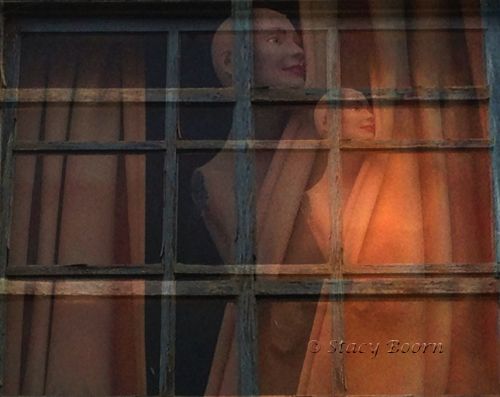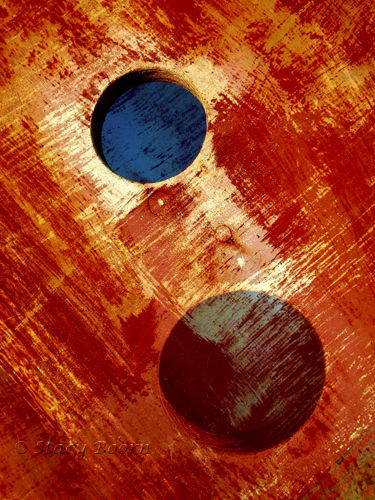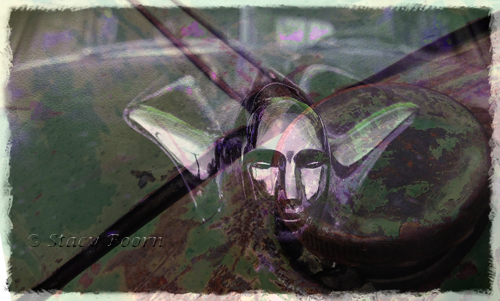 As a child I liked to play the game “Look and Look Again.â€Â At least that is what we called it. Items were placed under a towel and then the towel was removed for 15 seconds. We were instructed to use that brief time to look at everything. Then the items, such as a rubber band, fork, light bulb, pine-cone and bottle cap were covered back up.
As a child I liked to play the game “Look and Look Again.â€Â At least that is what we called it. Items were placed under a towel and then the towel was removed for 15 seconds. We were instructed to use that brief time to look at everything. Then the items, such as a rubber band, fork, light bulb, pine-cone and bottle cap were covered back up.
Next we were asked to list as many of the items we could remember. Often I remembered all of them, but I never won the game because I didn’t know how to spell many of them and was too afraid to make that known. So consequently I would only have a few items listed on my piece of blue-lined yellow paper.
 I have used a similar version of this game with a handful of girls aged 6–10 in our “Spirituality for Girls” program. As their teacher, I chose most of the items to spark conversations that would lead us into the theme of the day — things like a Goddess rosary, purple candle and Tibetan bell. I would throw in some other things just to make it seem less obvious — chewing gum and ear rings.
I have used a similar version of this game with a handful of girls aged 6–10 in our “Spirituality for Girls” program. As their teacher, I chose most of the items to spark conversations that would lead us into the theme of the day — things like a Goddess rosary, purple candle and Tibetan bell. I would throw in some other things just to make it seem less obvious — chewing gum and ear rings.
Remembering my own embarrassment about spelling, I gave the girls a choice of making a list of the objects they saw or drawing them. One of the girls always tried to fool me by drawing some of the same items two or three times. And when I caught on she changed her method to drawing the same items in different sizes and facing different directions. It turned out that these were wonderful pieces of art in and of themselves and not just a way of beating the system.
 Look and look again at these images. They are double exposures. This method transforms the original subjects and offers a new presentation. I am not going to tell you what they are otherwise your imagination might not choose its own path. Too much commentary, rubrics, explanations, rules and instructions can become obstructions to the unfolding mysteries worthy of encounter and experiential exchange.
Look and look again at these images. They are double exposures. This method transforms the original subjects and offers a new presentation. I am not going to tell you what they are otherwise your imagination might not choose its own path. Too much commentary, rubrics, explanations, rules and instructions can become obstructions to the unfolding mysteries worthy of encounter and experiential exchange.
That probably extends to the Great Mystery as well. (Great Mystery is a term used by some Native Americans for what we call God/dess.)
OKAY - if you really need to know: a boat detail, car hood ornaments, and a mannequin were the starting points for these images. These double exposures were created in post-processing, but now, finally, Canon gives us a reasonably priced 70D which offers in-camera multiple exposures. Nikon, I hate to admit, was ahead of the game on this one.
Look and look again.
